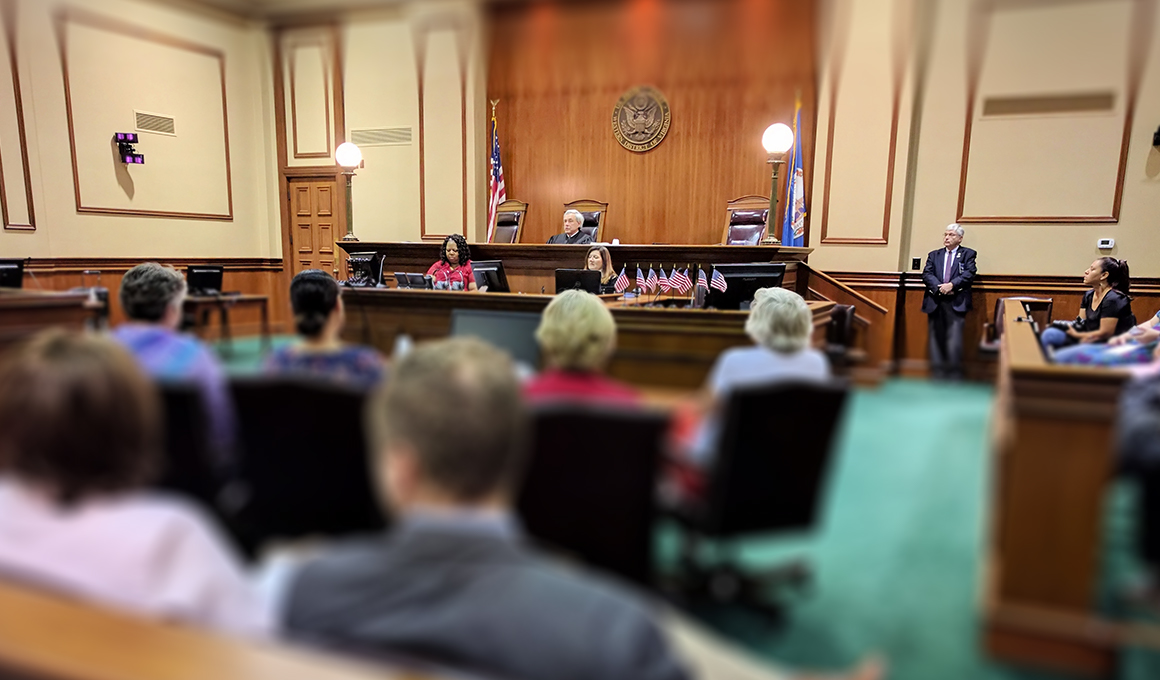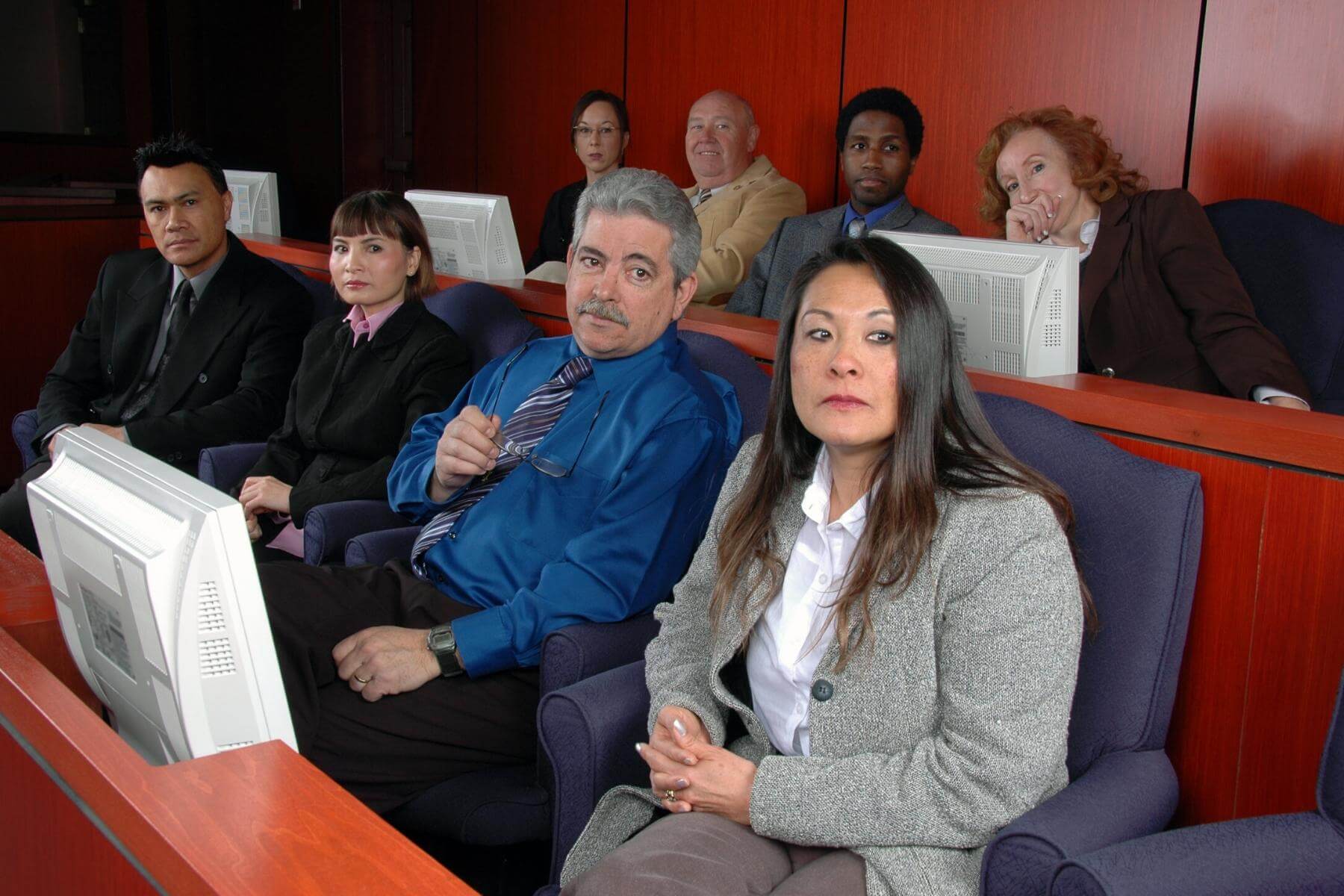Attorneys rely on powerful trial presentations to strengthen their cases.
Attorneys rely on powerful trial presentations to strengthen their cases.
Blog Article
How Trial Presentations Enhance Your Argument and Persuade Jurors
Trial presentations offer as a crucial mechanism for enhancing lawful debates and persuading jurors. By integrating visual aids, narrative frameworks, and psychological involvement, lawyers can produce a compelling situation that reverberates on several degrees. The critical usage of visuals not just clears up complicated info but likewise catches jurors' interest better than words alone. Nevertheless, the art of storytelling plays an equally critical duty in transforming factual proof right into a compelling story, forming jurors' understandings - trial presentations. Comprehending these elements can dramatically affect test results, raising the inquiry of how each element contributes to this detailed dynamic.

Value of Visual Help
Aesthetic aids play a crucial duty in enhancing the effectiveness of test presentations, as they can dramatically raise audience engagement and retention of info. In the context of a trial, where jurors are entrusted with processing facility information, aesthetic aids offer to simplify and make clear crucial points. Graphes, graphs, and photos can convey information and concepts that might or else bewilder or confuse jurors, permitting a more simple understanding of the proof presented.
Additionally, visual aids assist in keeping juror interest throughout the process. By breaking the dullness of spoken testimony, these devices can punctuate important arguments, making them extra memorable. Efficient aesthetic aids can likewise stimulate emotional reactions, which can be crucial in persuading jurors to line up with the speaker's story.

Crafting Engaging Narratives
An engaging narrative is crucial in trial discussions, as it functions as the backbone of reliable persuasion. It allows attorneys to weave together realities, proof, and emotional aspects right into a coherent story that resonates with jurors. This narrative structure makes it possible for jurors to recognize the complexities of the situation while assisting them via the attorney's argument.
To craft a compelling story, lawyers need to concentrate on clarity and coherence. This includes developing a clear protagonist-- typically the client-- and outlining their trip via the events concerned. Presenting the truths in a rational series improves comprehension and maintains engagement. Furthermore, making use of brilliant summaries can produce psychological pictures that assist jurors picture the occasions, making the story a lot more remarkable. this content
Moreover, incorporating crucial styles throughout the presentation reinforces the core message and aids in retention - trial presentations. The story must not only convey details yet likewise evoke a feeling of justice, highlighting the risks included. Ultimately, a well-constructed story promotes a connection in between the jurors and the situation, positioning the lawyer's argument as both qualified and engaging, thus increasing the chance of a positive decision

Engaging the Court Mentally
Effective jury engagement pivots on the attorney's capability to connect with jurors on a psychological level. This link can considerably influence jurors' perceptions and their best decision-making. Utilizing sob stories enables lawyers to humanize the case, changing abstract lawful concepts right into relatable experiences. By presenting real-life stories or endorsements, attorneys can stimulate compassion and compassion, promoting a much deeper understanding of the issues at stake.
Aesthetic help, such as photographs or video view it now clips, can even more improve psychological engagement, giving jurors with vivid representations of the situation's human aspects. Crafting a story that highlights the battles and triumphs of the individuals included makes certain that jurors see past the lawful arguments and recognize the human repercussions of their choices.
An attorney's enthusiastic distribution can reverberate with jurors, strengthening their emotional investment in the instance. It's crucial to stabilize psychological charms with factual proof, making certain that jurors really feel obliged to act while remaining grounded in the fact.
Structuring Your Discussion

The body of the discussion ought to be logically fractional into vital points, each sustained by compelling proof. It is helpful to use narration techniques to weave realities into a story that jurors can easily adhere to. Visual help, such as charts and video clips, can improve comprehension and interaction, helping to highlight essential pieces of proof.
Real-World Case Researches
Examining real-world case research studies gives important insights into the art of test presentations and persuasion. The defense team efficiently utilized a method that incorporated high-profile specialist statements with multimedia visit site discussions, which astounded jurors and ultimately influenced their choice.
Another significant instance is the "McDonald's Coffee Situation," where the complainant's lawyers used graphic photos of the injuries received by Stella Liebeck. trial presentations. This raw aesthetic proof played a crucial role in conveying the severity of her burns, leading to a significant jury honor. Such instances show that impactful test presentations typically rest on the effective integration of visuals and narration to stimulate emotional responses from jurors
Moreover, the "Casey Anthony Trial" highlighted the importance of narrative coherence and trustworthiness. The prosecution's failure to develop an engaging timeline reduced their convincing power, underscoring the need of a well-structured discussion. Evaluating these cases discloses that effective trial discussions need tactical planning, psychological interaction, and the ability to reverberate with jurors' values and ideas.
Final Thought
Test discussions considerably boost arguments and convince jurors via the tactical usage of visual aids, engaging stories, and emotional interaction. A well-structured discussion equilibriums psychological appeals with accurate proof, inevitably resonating with jurors' values.
Report this page